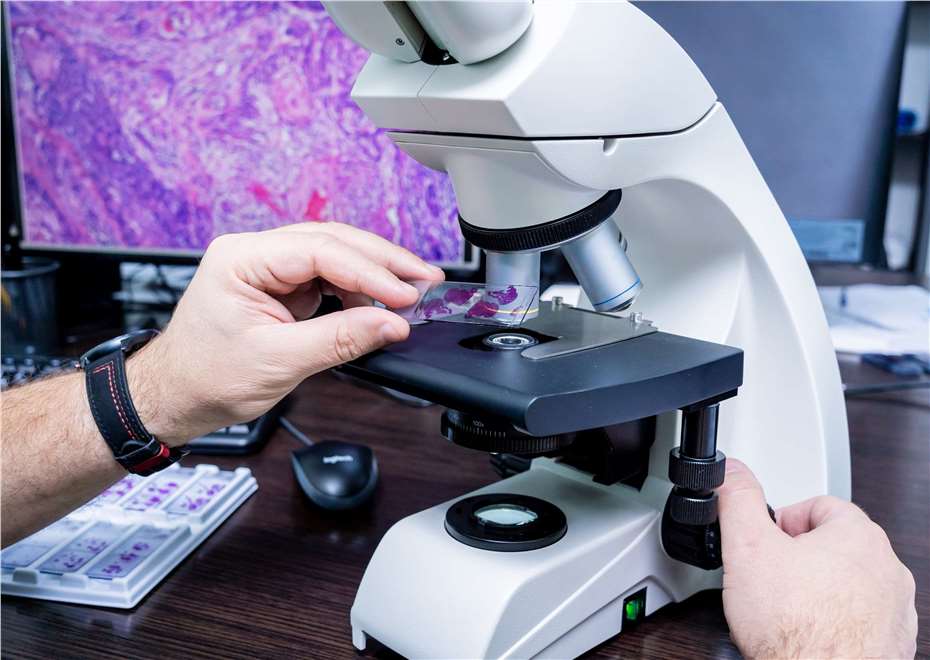Peering into human tissues, whether to study morphology, cell biology, biochemistry or disease, requires sections of biopsied tissue that have been specially prepared for long-term preservation. These samples are of two primary types, formalin-fixed paraffin-embedded (FFPE) tissue and frozen tissue. Both FFPE and frozen samples can preserve specimens well, but which to choose depends on your application.

FFPE Tissue — the classic format
FFPE samples can be stored at room temperature, which is convenient and cost-effective, and they perform well for immunohistochemical staining and morphological analysis. FFPE is also prevalent, and a large archive of such specimens exists from which users can select samples.
However, formalin is toxic, and the process of fixation and paraffin-embedding is time-consuming. FFPE samples are generally not suitable for molecular analysis, and FFPE protocols are not standardized, so there is no guarantee that different samples will be prepared the same.
Frozen Tissue — a promising alternative
Freezing has the advantage of being rapid compared to FFPE sample preparation, and the resulting samples are well suited for molecular analysis. But as frozen samples deteriorate rapidly at room temperature, they must be frozen as soon as possible after collection, meaning the required materials must be close to the surgical site. And they must be kept frozen, which means you need a dedicated freezer space.
Summary of FFPE vs. Frozen Tissue
FFPE tissue and frozen tissue each have distinct advantages and disadvantages. Paraffin embedding is thought to better preserve morphological details, while cryopreservation is considered to better preserve enzyme and antigen expression. The optimal approach for each experiment should be determined taking into account factors such as the nature of the antigen, its subcellular location, and desired method of detection. In short, frozen tissue is a quick way of determining whether or not cancer is present in the tissue. FFPE tissue is the most accurate method.
| FFPE Tissue | Frozen Tissue | |
| Fixation | Prior to embedding | After sectioning |
| Sectioning | Microtome | Cryostat |
| Storage | Long-term, multiple years at room temperature | Short-term, 1 year at -80℃ |
| Advantages | Preserves tissue morphology | Preserves enzyme & antigen function |
| Limitations | Overfixation can mask the epitope | Ice crystal formation may negatively affect tissue structure |